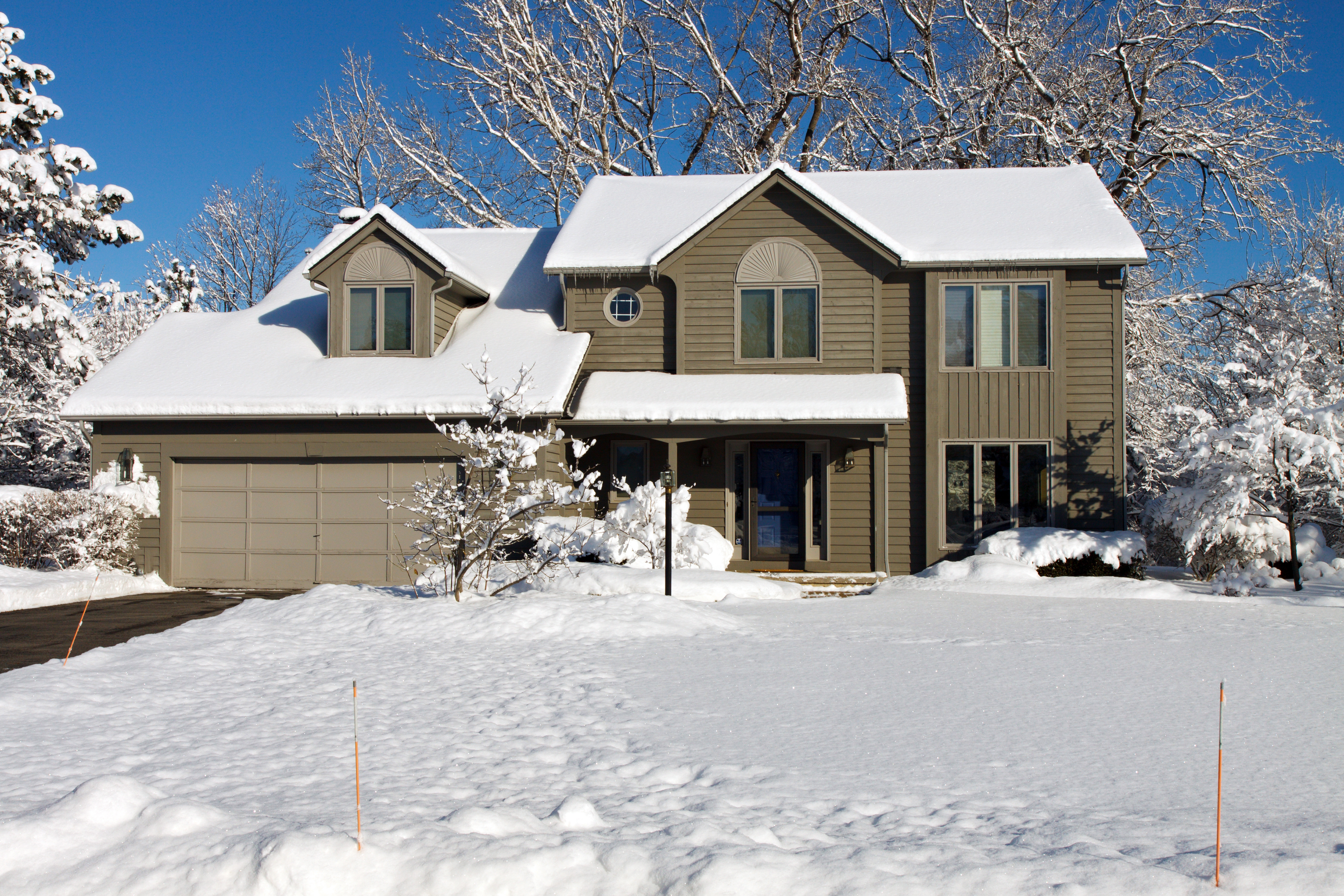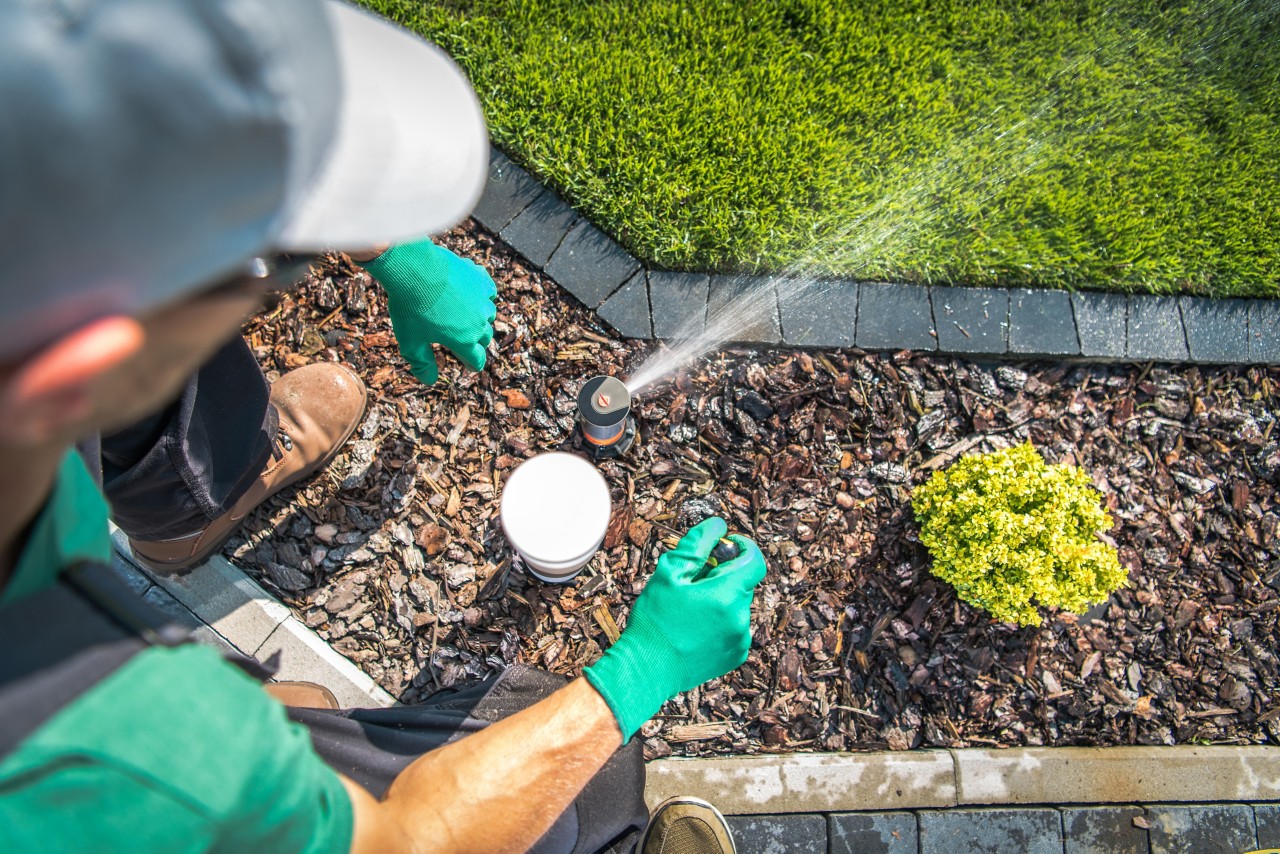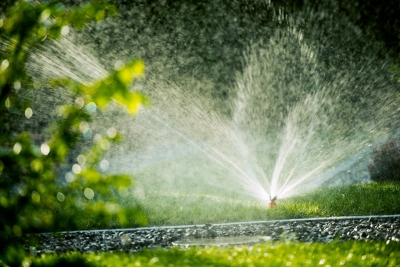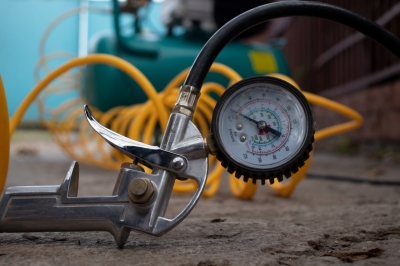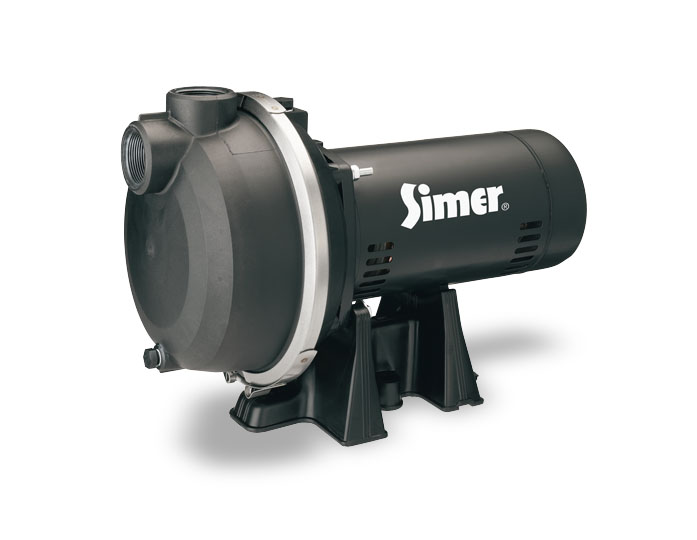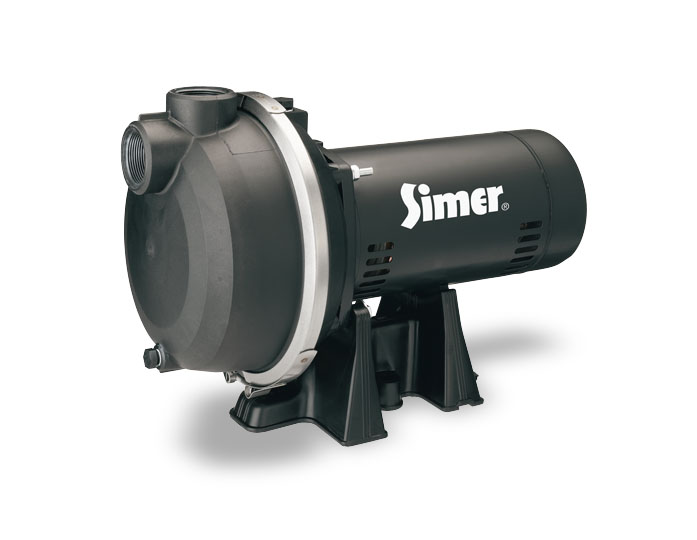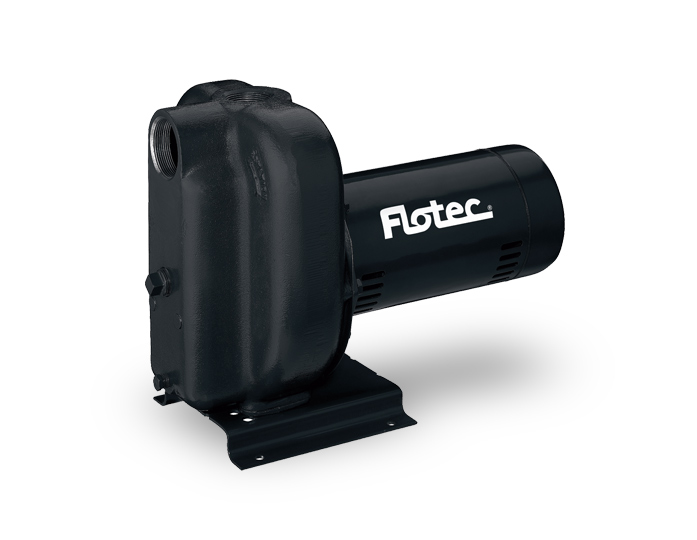For many of you, a green lush lawn is your pride and joy. It evokes spring and summer time memories. Memories of your kids playing or a family barbecue. And you sure go to great lengths to care for your lawn. Like investing in a sprinkler system, which also has to be protected. As the seasons change and the temperatures start to drop, we move from outdoor fun to indoor hibernation. And you need to make sure to properly put away your sprinkler system.
With recent freezing temperatures affecting most of the U.S., you need to protect your sprinkler system. The Chicago Tribune reports, “As seasons change, freezing water can cause catastrophic damage to sprinkler system pipes, causing them to burst. This can result in an expensive, stress-inducing repair process.” These systems are out of sight and out of mind. And it’s easy to forget about them. It’s important to take a few steps to avoid damage.
Here are some tips to winterize your sprinkler system:
When to winterize your sprinkler system
As seasons change, the cool air is a great indicator you need to be alert for colder temperatures. These drop significantly at night. Keep a close eye on weather forecasts. When temperatures approach the freezing point at night, consider draining your sprinklers or blow the water out through the sprinkler heads with an air compressor.
How to winterize your sprinkler system
There are a few methods for winterizing your sprinkler system depending on the type of system you have.

